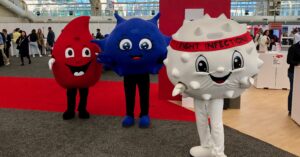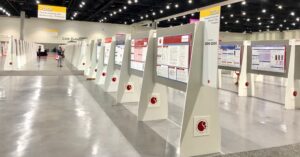Thinking outside the box
I’ve heard quite a few people frequently exclaim of late how “ADCs are hot!” Alrighty then, yet this is really only the end of the beginning because old hands know they have actually been around for quite a while.
If one was cynically minded then there’s an obvious reason – chemotherapies are usually generic these days, while ADCs bring in much higher ticket prices.
They won’t all succeed though – we’ve already seen a steadily growing graveyard of failures, which started out promising on paper then unfortunately flopped in the clinic. Just because an area is suddenly declared hot (again) doesn’t guarantee success because these are complex molecules to design compared to small molecules with a lot of factors impinging on their performance.
 What many observers have missed, however, is the deeper and broader opportunities offered beyond the often plain vanilla examples.
What many observers have missed, however, is the deeper and broader opportunities offered beyond the often plain vanilla examples.
This is because the modality has greater flexibility than chemotherapies – you can design them such that other things can be bolted on or even hidden, Trojan horse style.
In other words, what we are seeing is an early trend with few enlightened companies starting to ‘think outside the box’ in this niche.
In the near to medium future we will see a greater volume of clinical data on these emerging approaches, which could lead to improved outcomes and longer lives for people living with cancer.
So what are these new fangled things, how do they work, and which companies are active in the futuristic ADC markets?
In this review we highlight half a dozen emerging areas around ADC technology with examples of products and companies active in these niches…
To continue reading our latest highlights on oncology new product development including commentary and analysis BSB subscribers can log-in or you can click to access the content.
This content is restricted to subscribers







 Some of the best innovations come about because scientists think deeply about the challenges and issues preventing therapies from working as they should and ignore dogma in their pursuit of innovation.
Some of the best innovations come about because scientists think deeply about the challenges and issues preventing therapies from working as they should and ignore dogma in their pursuit of innovation.